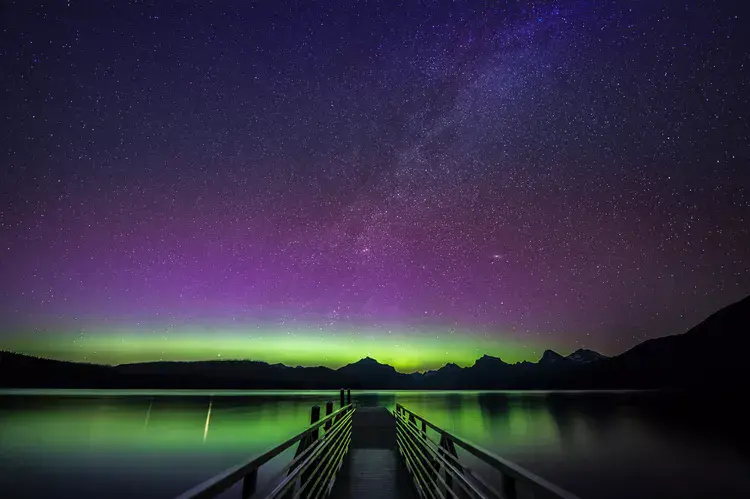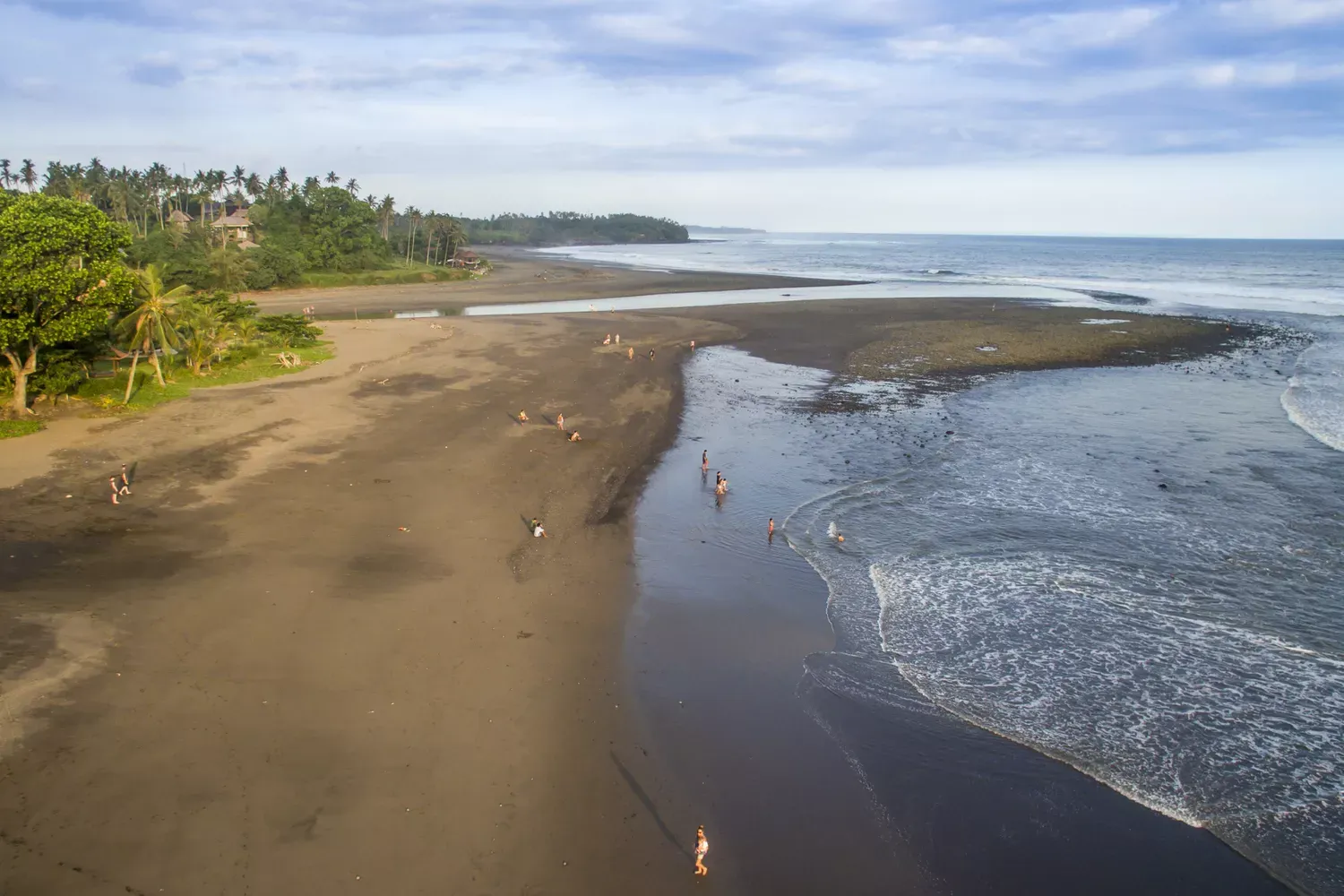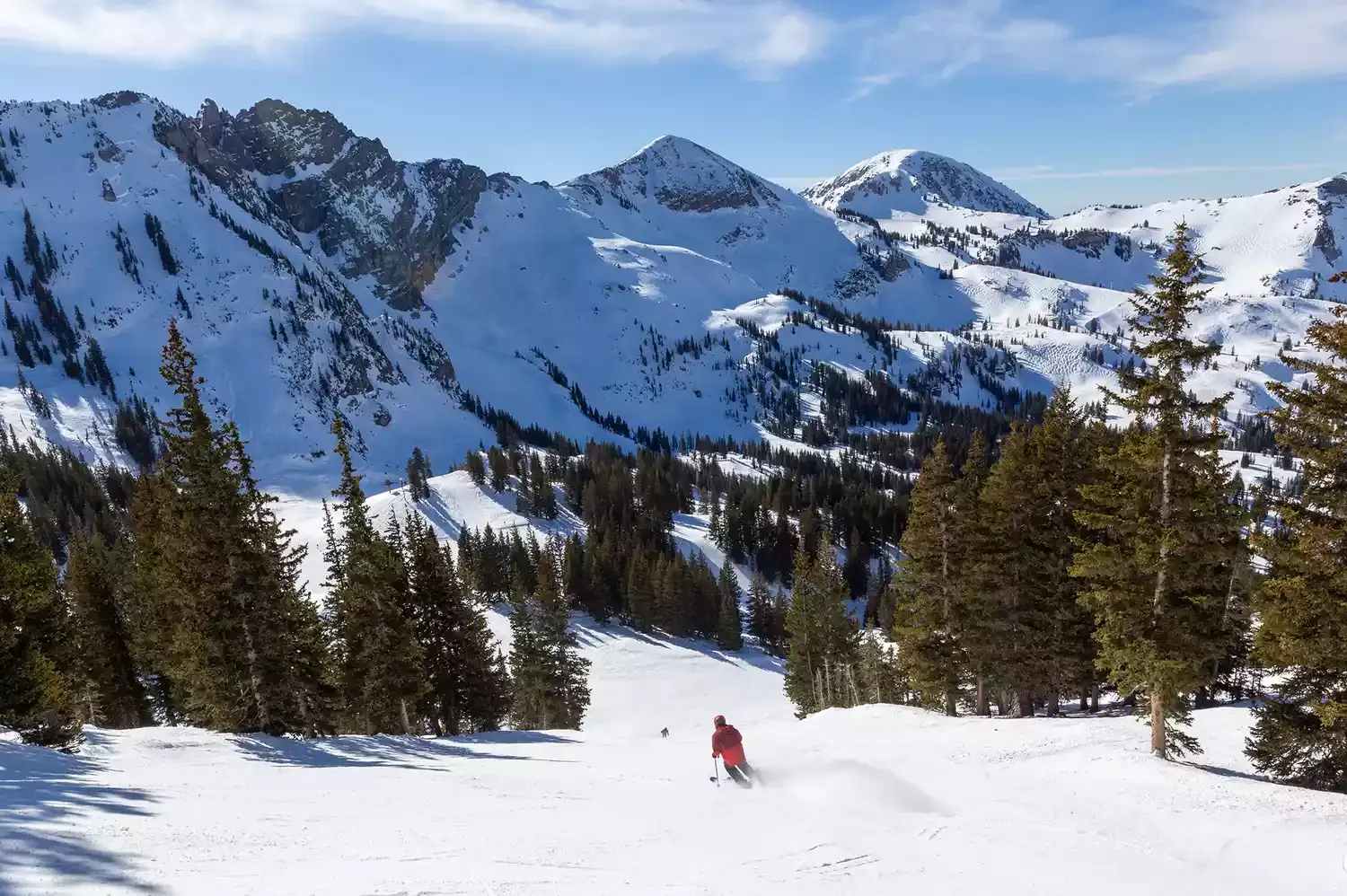Skywatchers, get ready for a spectacular treat—a super rare display of Northern Lights is set to light up the skies tonight across 18 U.S. states. If you’ve ever dreamed of witnessing the magical aurora borealis without traveling to the Arctic Circle, this could be your golden opportunity. Experts are predicting one of the strongest geomagnetic storms in years, creating conditions that could make the Northern Lights visible in states like New York, Illinois, and even as far south as Alabama. This extraordinary event is stirring excitement among stargazers and photographers alike.
What’s Causing This Rare Aurora Display?
The dazzling light show is the result of an unusually powerful solar storm, categorized as a G4 geomagnetic event. When solar winds interact with Earth’s magnetic field, they cause particles to energize and create vivid colors in the sky—greens, purples, and even fiery reds. These displays are typically confined to polar regions, but the intensity of this storm is expected to push visibility far into the continental U.S.
Where and When to Look
The best time to view the Northern Lights will be between 10 p.m. and 2 a.m. local time. Areas with minimal light pollution will have the clearest view, so head away from city lights if you can. According to NOAA, the following states are in the prime viewing zone:
- Washington
- Oregon
- Montana
- North Dakota
- South Dakota
- Minnesota
- Wisconsin
- Michigan
- New York
- Vermont
- New Hampshire
- Maine
- Iowa
- Illinois
- Indiana
- Ohio
- Pennsylvania
- Alabama
Yes, even Alabama might get a glimpse of the ethereal glow—something that hasn’t happened in decades!
Why You Shouldn’t Miss This
Opportunities to see the aurora borealis this far south are exceedingly rare. Scientists say such strong geomagnetic storms may only occur once or twice in a solar cycle, which spans about 11 years. It’s a celestial performance that can stir awe, wonder, and a deep connection to the cosmos.
Whether you’re a seasoned stargazer or a casual night owl, tonight’s Northern Lights display promises to be an unforgettable event. So grab a blanket, find a dark spot, and look up—you might just catch one of nature’s most jaw-dropping spectacles.


















